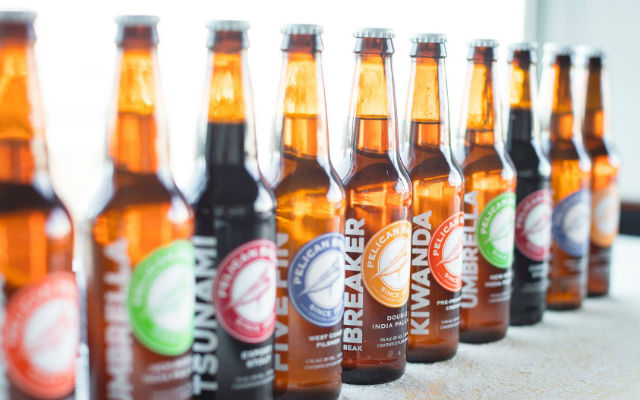
Are you struggling for the right balance between what your brewery’s customers are asking for and what your brewery, your brew team and decision makers view as an opportunity in the marketplace? Having a clear vision for your line-up is a key to approaching the next year of sales and marketing while forecasting for the future.
As with most fast-growing craft breweries, Rahr & Sons Brewing doesn’t usually work out as far in advance as they would prefer, but the Texas brewery has multiple meetings throughout the year to discuss the upcoming brands, release schedule and portfolio.
Jeff Wood, the brewery’s Creative Director had just wrapped up a planning meeting in late August when he spoke with Brewer Magazine.
“The magical thing about this industry, is that we try and stick to what we have pre-determined,” he said, “but if we need to shift anything on the fly, we all pull together and make it happen throughout the year based on trends, sales and product development concepts we deem worthy of taking to market as soon as we can get all the details put together.”
Planning has changed as growth started to speed up for Pelican Brewing, said Martin Bills, the brewery’s Operations Manager.
“If we pan back a couple of years our physical facility was quite a bit smaller,” he said of the Oregon brewery that went from less than 4,000 barrels in 2013 to more. than 16,000 in 2016. “All departments shared an aisle, and all materials — finished beer, raw materials, restaurant supplies — had to share that road. Material handling was a nightmare and it was exacerbated by an 80 percent growth curve.
“So we changed the plan. We moved to a “demand-pull” model of production. We would only package beer that was on a PO, plus a smidgen for smaller customers. That finished beer would pull from brite tanks. Brite tanks pull fermenters and etc.”
Today the customer is still writing the brewing schedule Bills said.
“Sure we do some forecasting, but really it’s driven by demand,” he said. “This ensures that Pelican beer is fresh every single day.”
The majority of everything produced (except strong & barrel aged beers) leaves the building within two days of production.
“Statistics and analysis go into when to brew,” Bill said. “This continues to ensure that beer does not age at any point in the process beyond our desired cellaring schedule.
The brewery averages between 5-6 total inventory turns per month as it has continued to grow.
“These methods still serve us well,” he said.
The biggest change for Rahr & Sons is that they have gone from just brewing every other day or so, to brewing almost daily, in multiple shifts.
“We have day and night brewing crews that are producing beer almost on a 24/7 schedule,” Wood said. “Back in the beginning, a lot of the “what to brew” decisions were made based on a few things: What ingredients did we have on hand? What do we feel like brewing today?”
Those days are long gone. Now, the brewery that produced more than 19,000 barrels in 2016 has a schedule based on the simple philosophy of supply and demand using real-time sales as well as distribution orders in regards to each brand.
“The brewing and logistics team discuss the production schedule daily and shift and shuffle as needed in order to get the right brands into customers fists and faces based on our sales trends for each brand,” Wood said.


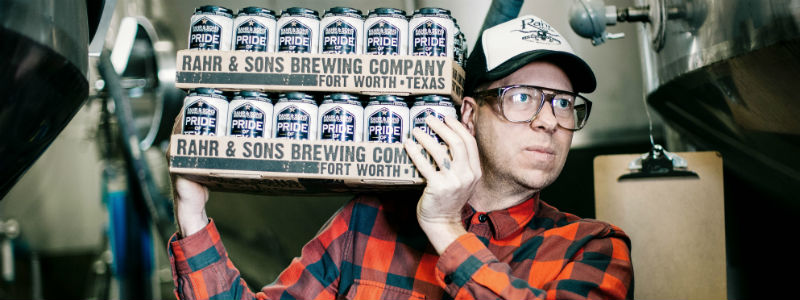
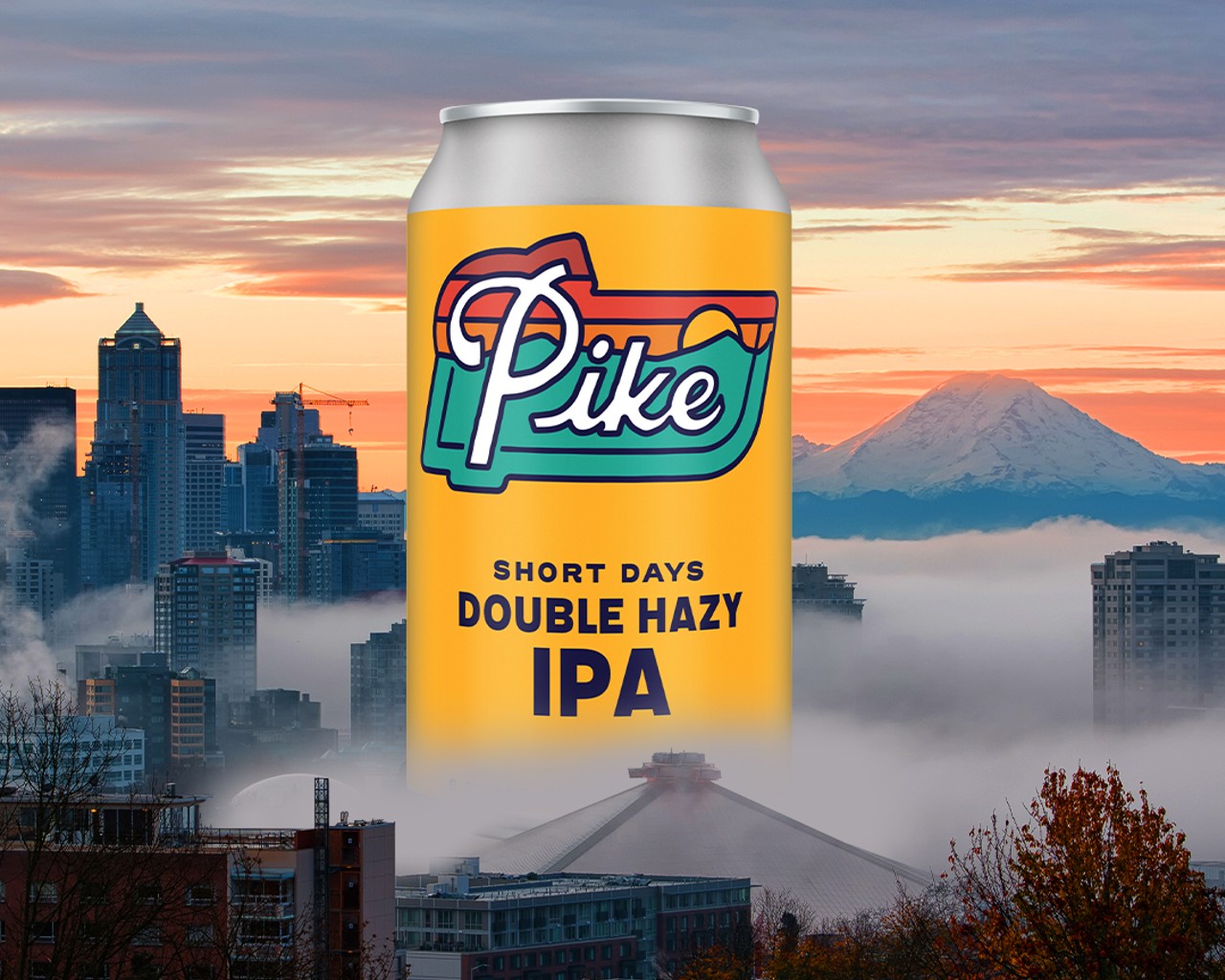
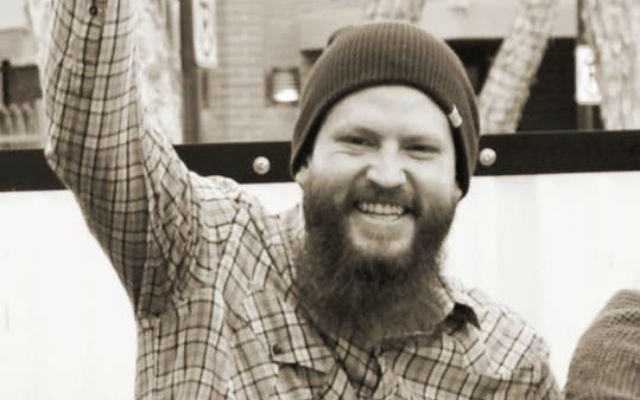
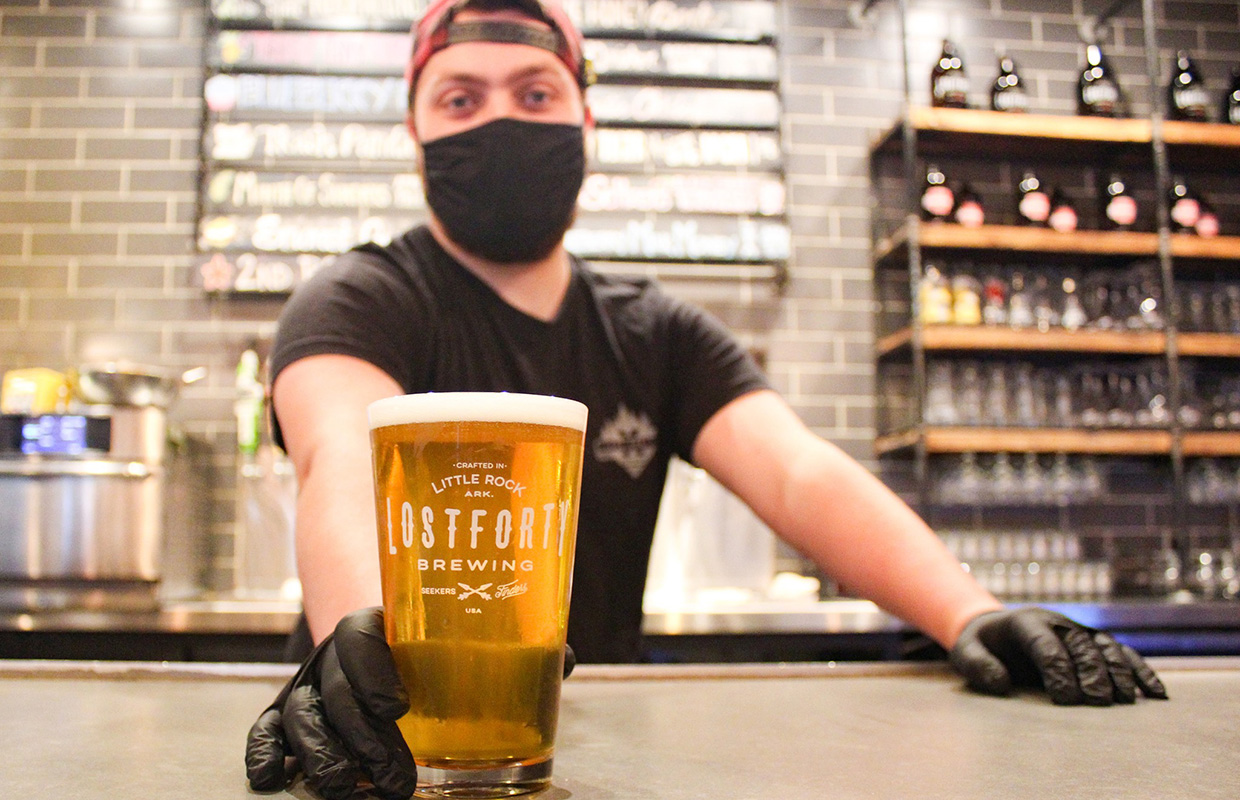
Be the first to comment